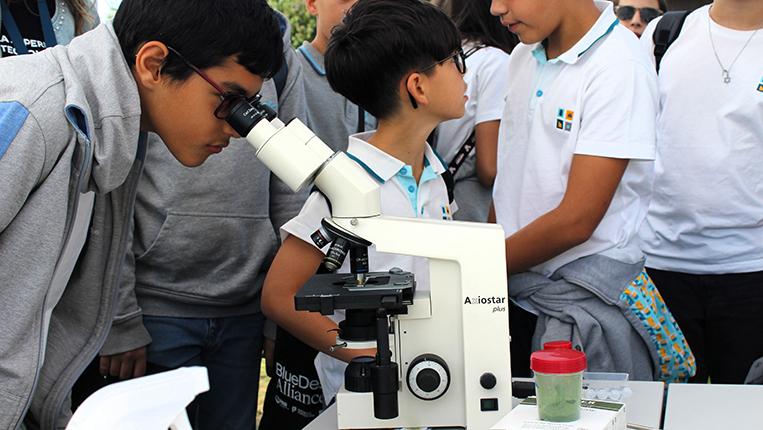(*) Optional subject to be chosen in any scientific area offered by the ESB Or the course “Introduction to Food Engineering – Homogenization CU” - FOR STUDENTS WITHOUT BASE TRAINING IN FOOD PROCEDURE ENGINEERING
INTRODUCTION TO FOOD ENGINEERING – Course Unit for Homogenization
Objectives and competences
- To know various pieces of equipment and unit operations used in the food industry.
- To know and apply process analysis tools: flowcharts, material balances, energy balances.
- To know and understand the operation of unit operations in the food industry: preservation and separation processes.
- To be able to assess the impact of processes on food safety and quality.
- To design equipment operating conditions.
- Ability to operate pilot scale equipment.
Teaching Methodologies
The basic concepts are explained in the lectures, as well as some practical applications. The concepts presented in the lectures are used for solving exercises during the tutorials, for the completion of laboratory work, and in answering evaluation questions.
The assessment of the discipline comprises the components of problem solving, through continuous assessment, final exam, and report of laboratory and virtual experiences.
Syllabus
- Introduction to food processes.
- Flowchart of a food process. Unit operations. Examples of industrial processes.
- Material balances. Total balance and balances to components. Counting variables and equations. Constraint equations.
- Energy balances. Sensible heat and latent heat - revisions.
- Kinetics of inactivation of microorganisms and degradation of quality parameters. Reaction rate concepts, activation energy, and D and z values.
- Thermal processing. Heat penetration parameter. General method. Holding tube design.
- Mechanical cooling. Freezing. Effects on food. Freezing time calculation – Plank equation.
- Food drying. Drying curves. Determination of drying speed.



